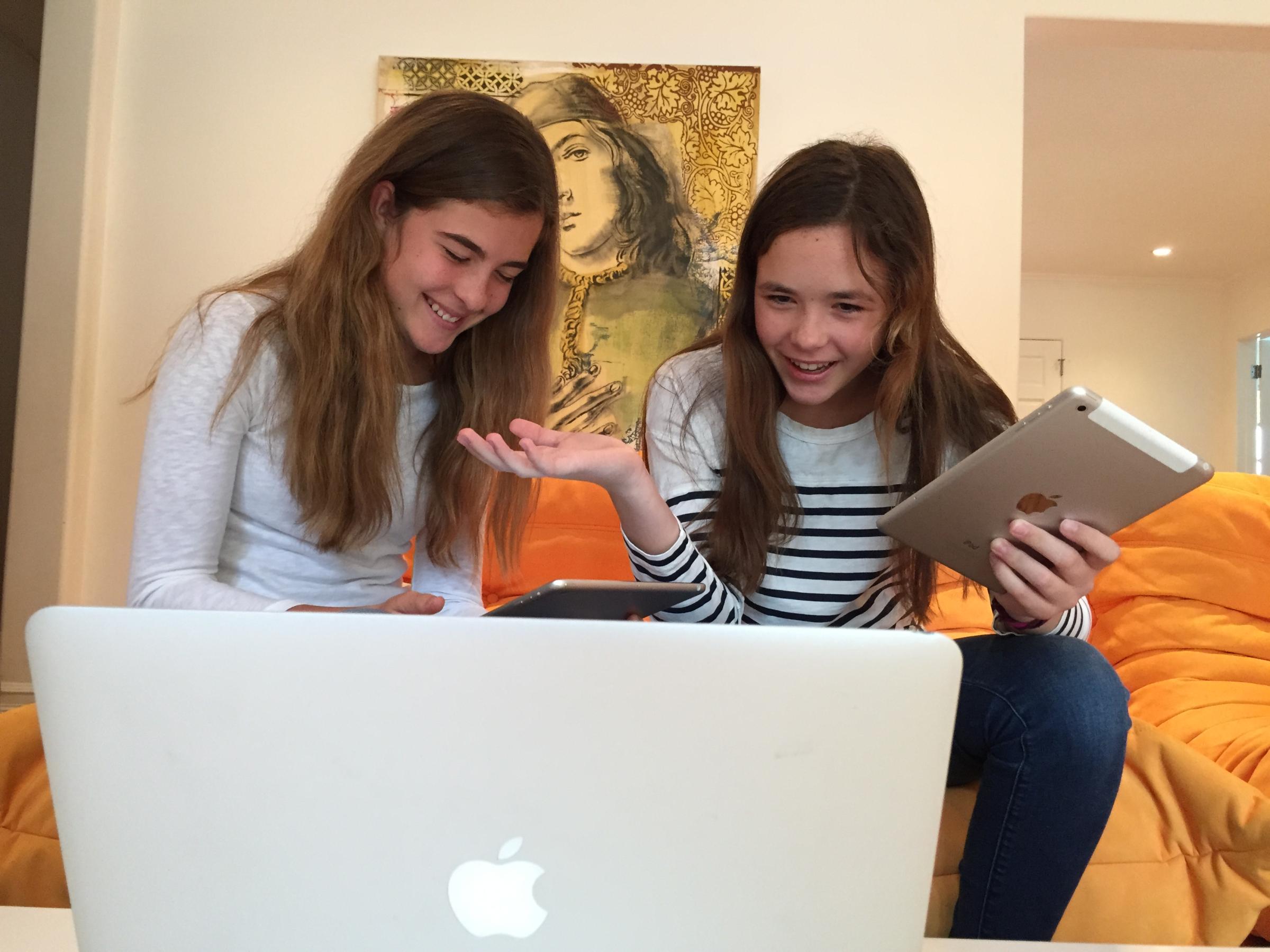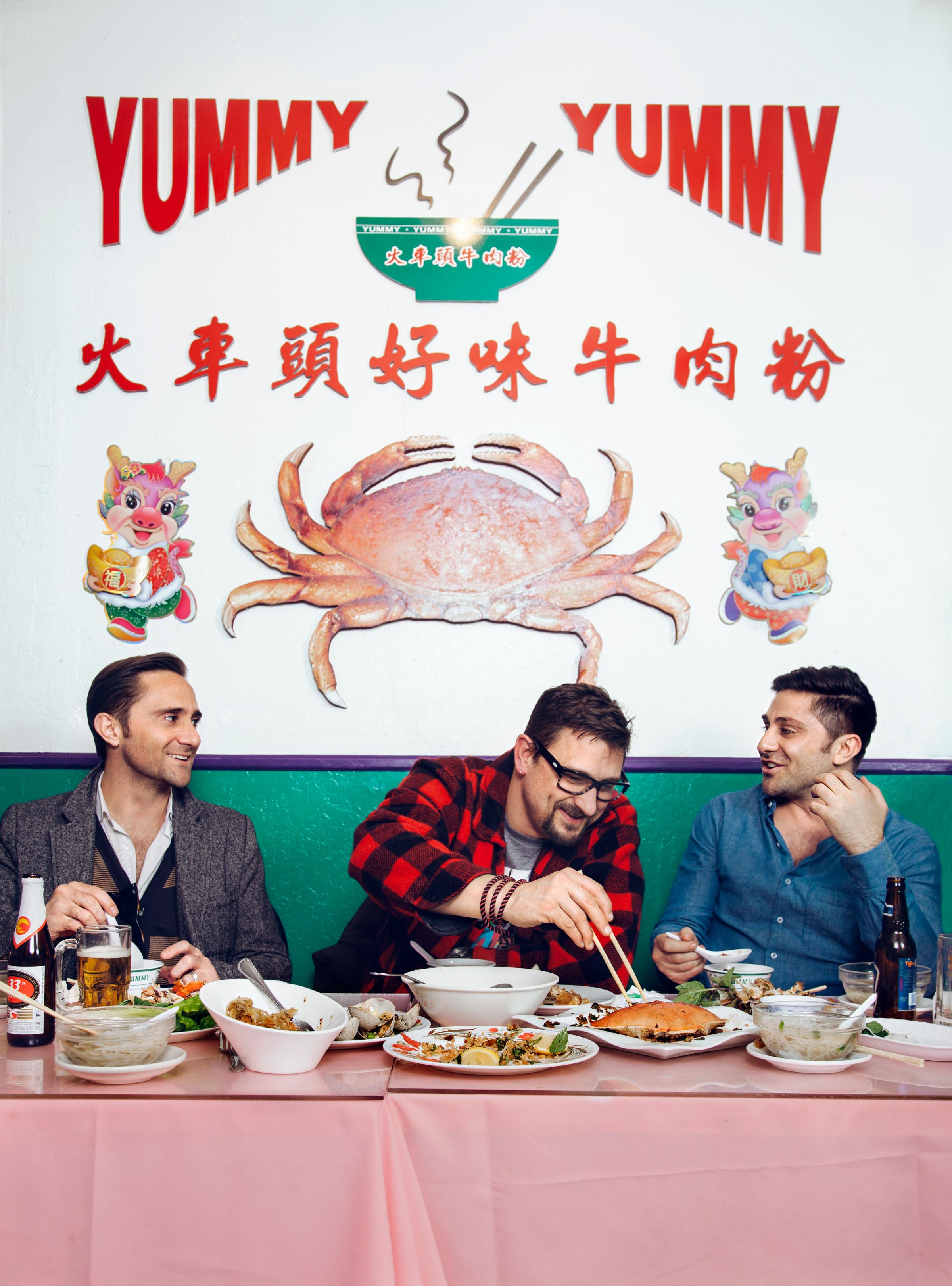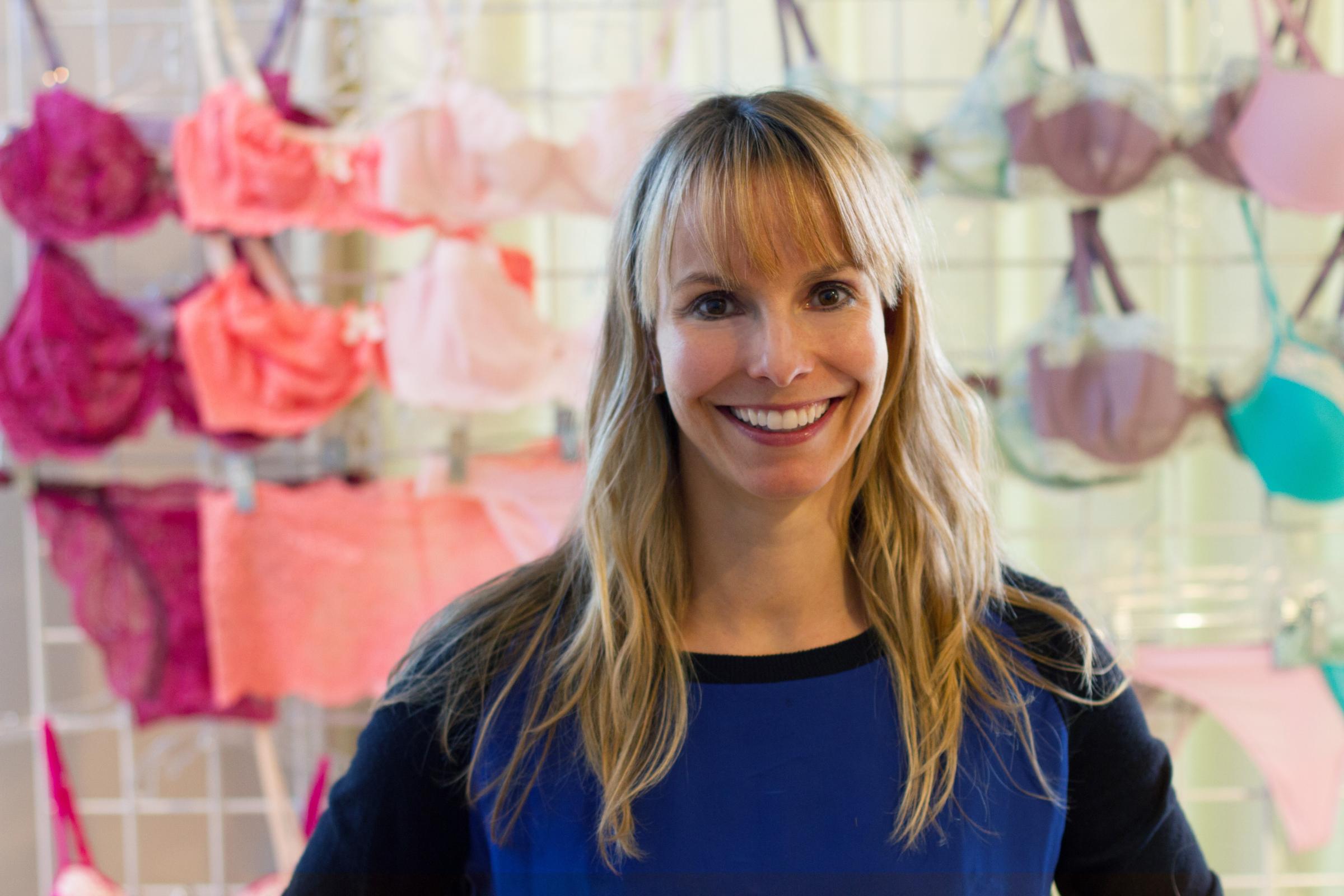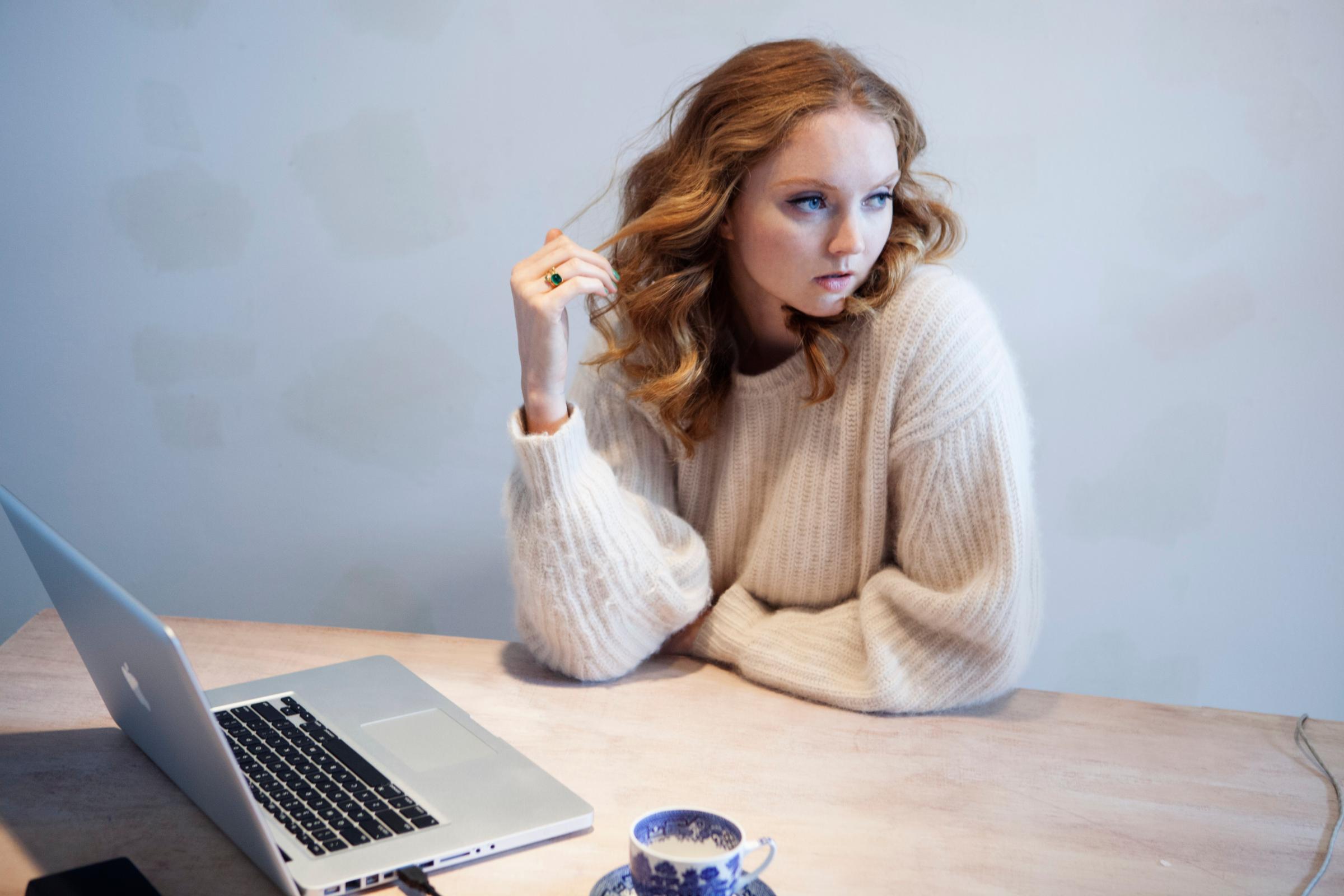Picture the average app developer and you’ll probably imagine a Mark Zuckerberg archetype — a young, male computer wiz, eager to disrupt whatever. Judging by the prevailing demographics of Silicon Valley, you’re onto something.
But widen the aperture beyond the Bay Area and a different picture emerges. The $26 billion app economy has spawned a new generation of app makers who don’t have a lick of coding experience, but can picture in their heads exactly how their finished product should look and feel.
TIME spoke with six such app makers whose coding skills ranged from “none” to “completely blind.” All agreed that translating their vision into functioning code wasn’t a significant hurdle to getting in the app store. New app building tools have converted chunks of hand-written code into prefabricated building blocks. Coders themselves have become a global commodity, ready to work on a temporary contract at a moment’s notice. As a result, the average cost to build an app has plummeted to as little as $6,400, according to a recent survey by Appolicious.
In other words, building apps is the easy part. Gaining users, on the other hand, is no walk in the park. Less than .01% of app makers will break even by 2018, Gartner projects. Only app makers who maintain a relentless focus on end users have a shot at upending established industries. Thirteen-year-old entrepreneur Isabella Mandich likens the tumult to the Industrial Revolution.
“I don’t think we notice the revolution while it’s happening,” she says. But some kind of revolution is here, she suspects, and it’s increasingly open to anyone with a great idea and the drive to see it through.
Twins Rock Media, Isabella and Sofia Mandich, Co-Founders

Total cost of first build: $5,000
Isabella and Sofia Mandich are descendants of an app dynasty, of sorts. Their uncle created the multimillion dollar hit game Doodle Jump. Inspired by his success, the thirteen-year-old twin sisters decided to design their own game, Wild Ski, with an assist from two first-time coders, their father and a cousin in Belgrade.
The game underwent roughly a year of rigorous testing from their eighth grade classmates. “You have to know what other kids think about your game,” says Sofia Mandich. The boys, for instance, wanted to hurl snowballs at enemies, but tapping on the enemies while maneuvering a character downhill proved a little too hectic for test users. The next build enabled users to hurl a self-guided snowball by tapping anywhere on the screen.
“When we brought over our friends and all of them wanted to continue playing, that’s when we knew it was ready,” says Sophia. Their friends got an extra kick from having characters named after themselves (shout out to Claire the Kangaroo).
Now the girls are teaching themselves to code during spare hours after school. “A lot of my friends ask, ‘How do you start coding,'” says Isabella. “I tell them it’s not very hard.”
For their next project, the girls are developing a music sharing app, details of which are a guarded secret of Twins Media, LLC.
Chefs Feed, Steve and Jared Rivera, Co-Founders

Total cost of first build: $9,500
Jared Rivera says at age 36 he is “way too young to be sitting here with gout in my foot.” Chalk it up to a work hazard of eating for a living. In 2011, Rivera launched Chefs Feed, a bullhorn through which the nation’s top chefs rave about their favorite places to eat after work. Foodies can pinpoint highlighted restaurants on a map and see which dishes won plaudits from the industry’s ultimate connoisseurs.
As a marketer for more than 200 restaurants in San Francisco, Rivera was privy to an insider conversation that chefs might have shared with the world, if only they had the right tool.
“It was really the ability to connect the dots between the chef having that moment of, ‘Oh, that’s an awesome dish and I want to talk about it,’ and figuring out how they would get in as a chef user of our app,” he says.
With more than 700 chefs using the app today, including heavyweights such as Alain Ducasse and Mario Batali, Rivera’s team unwittingly opened a conversation between chefs and foodies that runs deeper and longer than any one review. “We just launched it and all of a sudden we’ve got a million users that we knew nothing about,” Rivera says.
HER, Robyn Exton, Founder

Total cost of first build: $4,500
Robyn Exton, 28, was underwhelmed with dating apps ostensibly designed for lesbians. “They would always be gay male sites that would be re-skinned and turned pink and purple,” Exton says. One site, she said, still asked users a form question about body hair. “For guys that’s probably a pertinent question. For women, you’re like, ‘Jesus, guys.’”
Enter HER, a lesbian dating app with more than a skin-deep redesign for women. “The way women look at profiles and what makes them send a message is very different from what guys do,” she says.
While male users arranged dates within a day of exchanging messages, women users, Exton found, preferred a lengthier courtship. “For us, it takes about 10 days before women meet each other and there’s a whole number of conversations in between.” HER keeps the conversation flowing by encouraging users to comment on curated stories from the web. Caitlyn Jenner’s recent Vanity Fair cover, for instance, kicked off a thread of comments that gave users a new platform for mingling beyond the usual swiping and browsing.
“Understanding how everyone might use your app versus how you would use your app was one of the big first understanding things that everyone goes through,” Exton says. The initial build of HER, for instance, launched without a password recovery feature. “I guess I hadn’t ever forgotten my password,” Exton says.
Today, HER has worked out the bugs and accumulated a following of several hundreds of thousands of users in the U.K. and the U.S., and is poised to launch in six new cities by July.
Articulation Station, Heidi and Chris Hanks, Co-Founders

Total cost of first build: $25,000
Heidi Hanks, 38, used to lug worksheets and flashcards to her speech therapy lessons for special needs students.”I would find myself practically doing backflips to maintain their attention so we could make any progress at all,” she says. In 2010, she had her first encounter with an iPod Touch. “It had tactile feedback and audio feedback and visual feedback, and I just knew that it would be so engaging especially with kids with special needs.”
Hanks and her husband Chris, a graphic designer by training, began sketching out wireframes of how the app might work. “She would tell me what she was trying to achieve, and I would lay that out visually,” says Chris Hanks, 42. “We’d go back and forth until we found what we thought was a good resolution.” By the time they had contracted an engineer to start writing the code, the idea was fully formed. “He said, ‘Well you’ve done most of the work,” Chris says. “Typically when people come to us it’s just an idea written on a napkin.”
“It did pretty much wipe out our savings account,” Chris says of Articulation Station. The app released in the iTunes store in November, 2011, and within six months their efforts had paid off with $500,000 in sales and more than one million downloads to date.
ThirdLove, Heidi Zak, Co-Founder

Total cost of first build: $100,000
“I’ve gotten really good at guessing people’s bra sizes,” says Heidi Zak. “I’m the bra whisperer.”
Not everyone can afford the eagle-eyed counsel of a bra whisperer, however, so in 2014 Zak launched ThirdLove, an app that automatically detects women’s ideal cup size using a smartphone camera. Users snap a photo of themselves in a tank top and computer vision algorithms return a recommended bra size which might not be available in a brick-and-mortar store.
“We really saw pockets of women where a certain traditional size didn’t work for them,” says Zak. ThirdLove sells bras out of an expansive warehouse in Southern California, which can hold 30% more inventory than the typical lingerie shop, Zak says. More importantly, the app spares users from awkward encounters in the fitting room.
Downloads have climbed by upwards of 30% a month and ThirdLove has raised $5.6 million in funding. Zak’s advice to aspiring app makers: “Don’t get caught up with every feature known to man on your first release. We really focused on getting sizing right and making sure that worked.”
Impossible, Lily Cole, Founder

Total cost of first build: $15,000
It took three builds to get the aptly named app Impossible up and running. Lily Cole, an English model and actress, envisioned the app as a social network for altruists. Users can request random acts of kindness or respond with a helping hand — a noble idea that fell short with the first build of the app.
“The first one cost far too little, under £10,000, and ended up being a disaster,” says Cole. The second build, which she contracted to an outsourced team of coders, wasn’t much better. “Technology needs to be iterative, and relying on outsourced support to create something to hand over to you will be problematic if you don’t know how to handle, develop and iterate what you are given.”
The third time was a charm, however, thanks to a co-founder who helped Cole hone in on a few fundamental features of a giving network. “You can turn a tent into a castle, but if you try and design a castle from the beginning it will be very hard to change it later when you discover you need to.” Impossible launched in 2014 and garnered 50,000 downloads in the first month.
More Must-Reads from TIME
- Donald Trump Is TIME's 2024 Person of the Year
- Why We Chose Trump as Person of the Year
- Is Intermittent Fasting Good or Bad for You?
- The 100 Must-Read Books of 2024
- The 20 Best Christmas TV Episodes
- Column: If Optimism Feels Ridiculous Now, Try Hope
- The Future of Climate Action Is Trade Policy
- Merle Bombardieri Is Helping People Make the Baby Decision
Contact us at letters@time.com